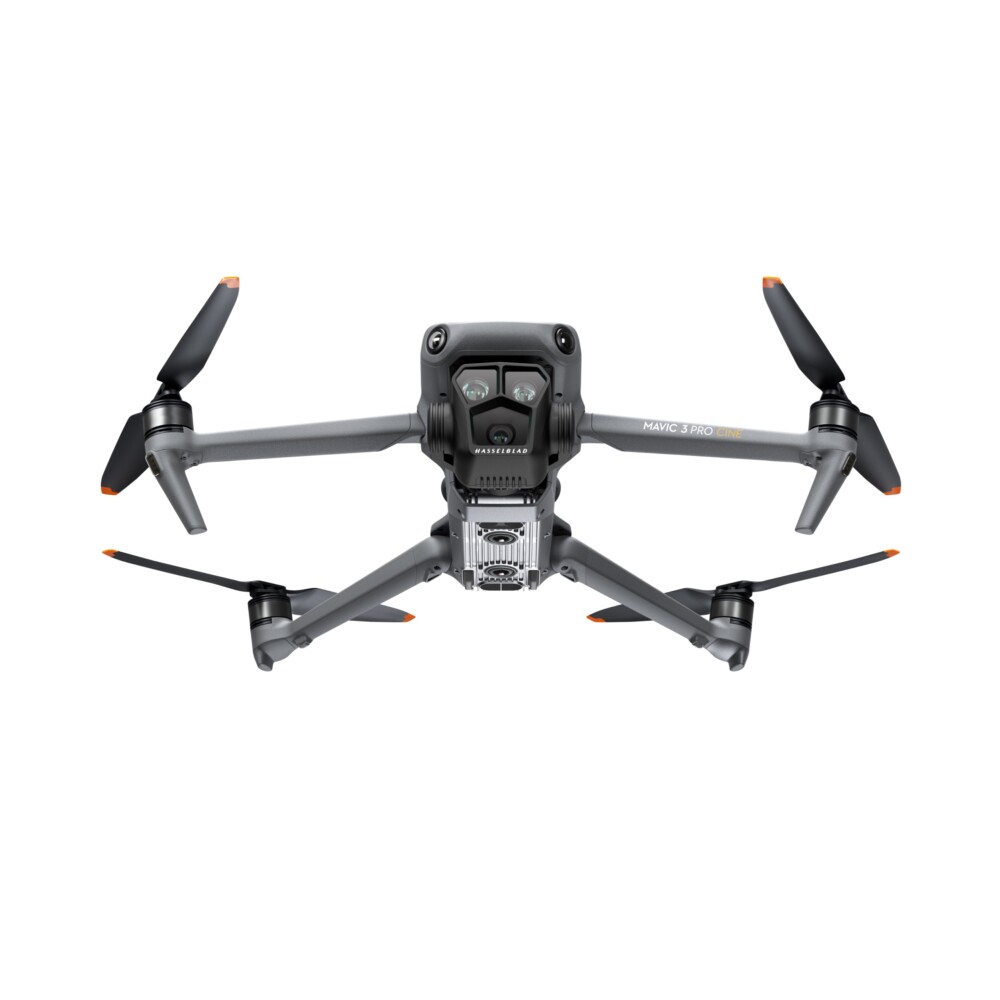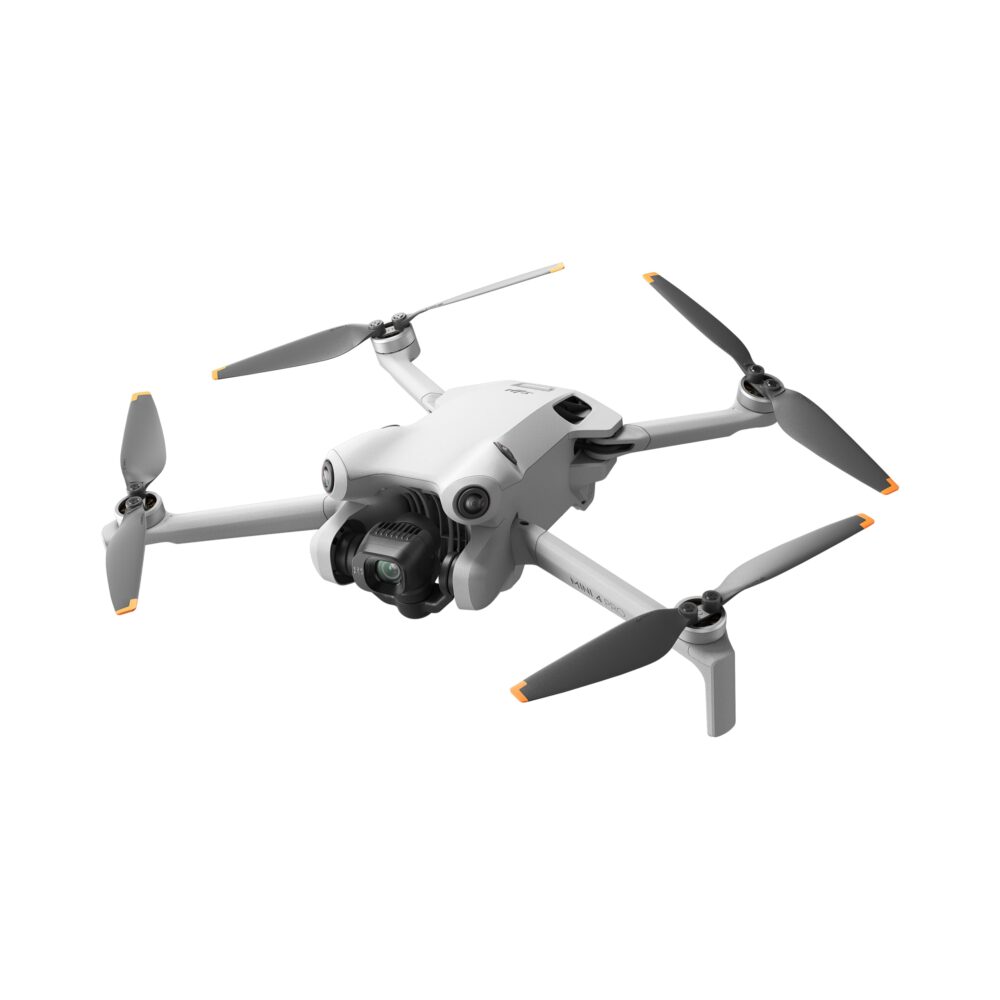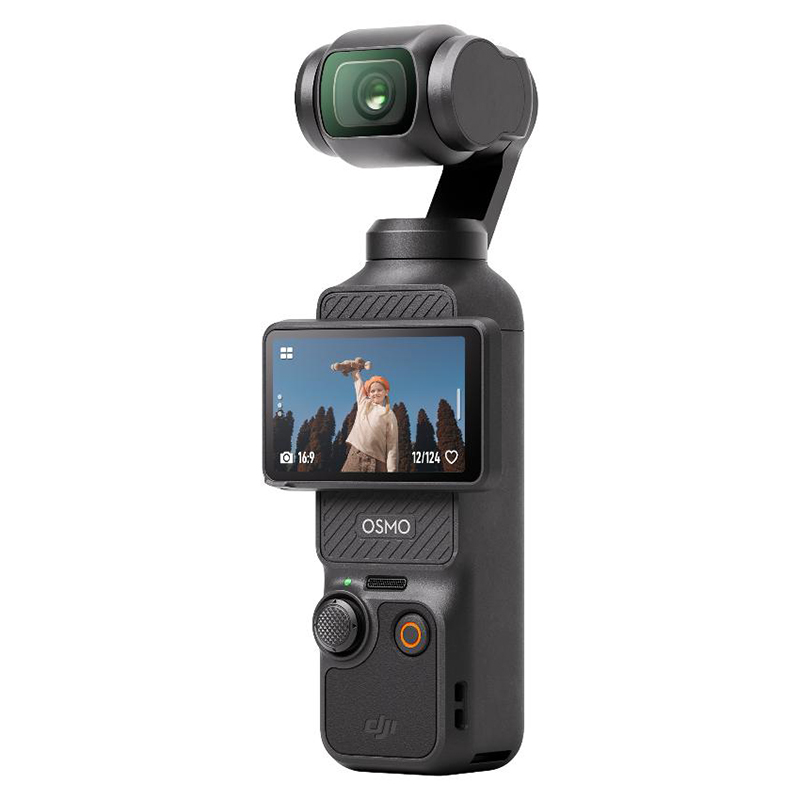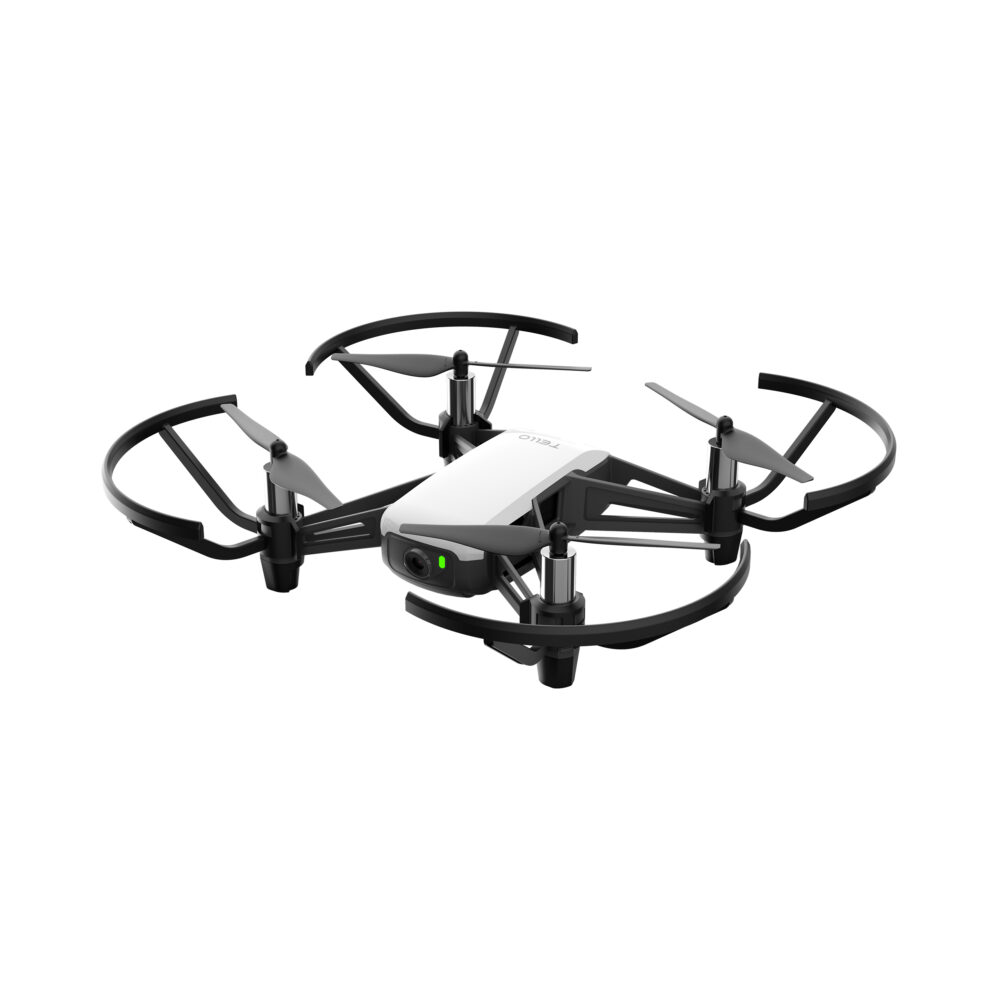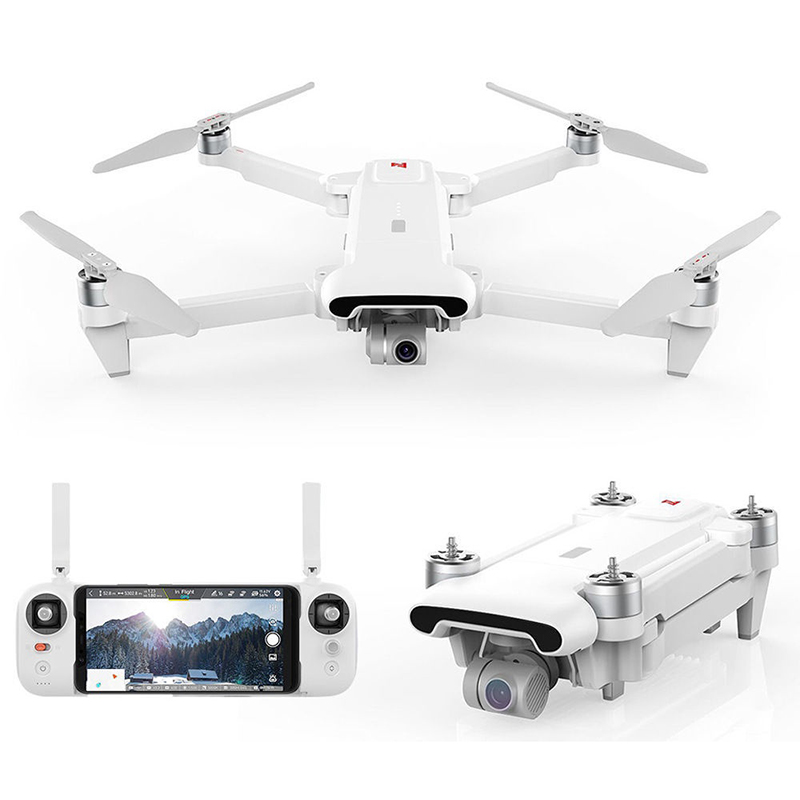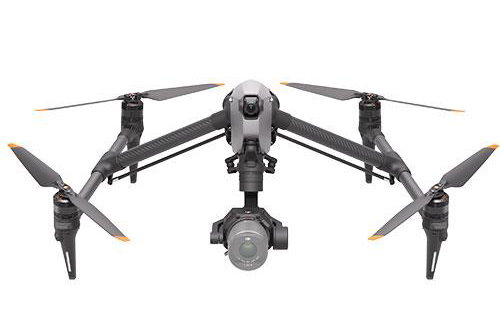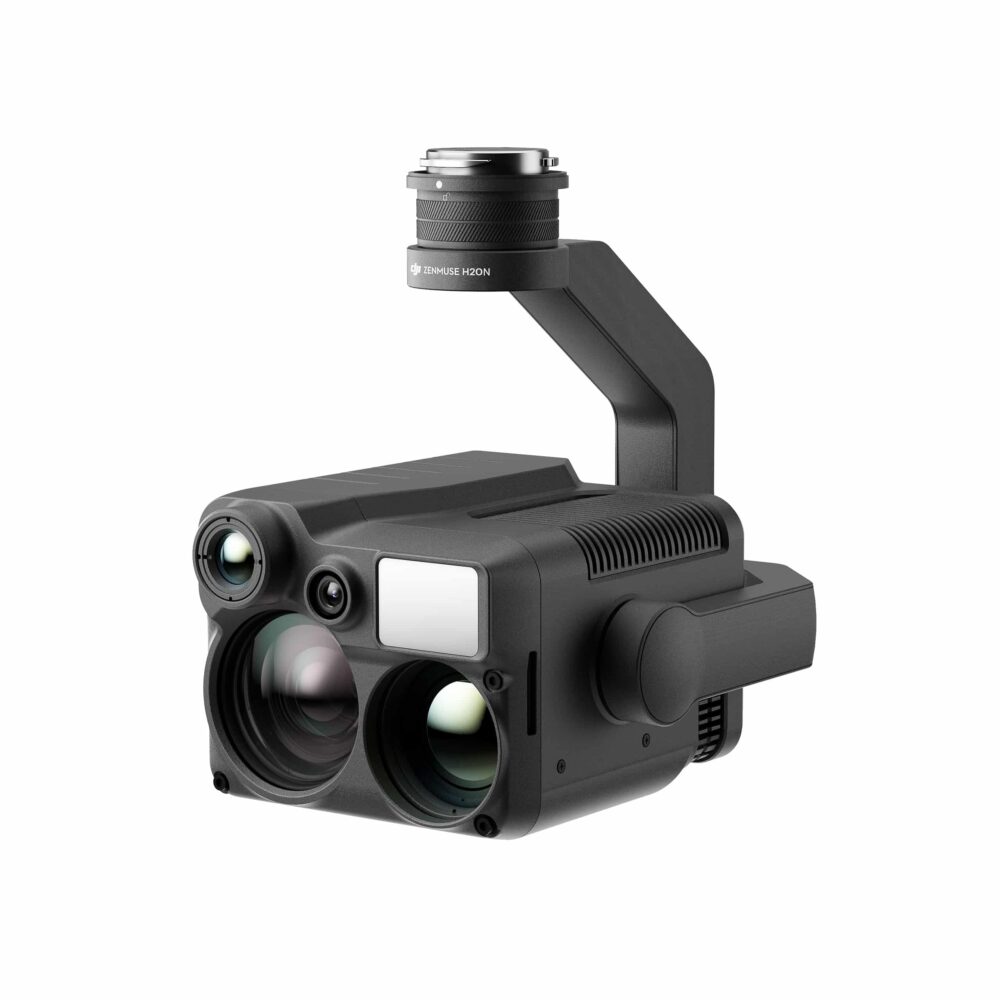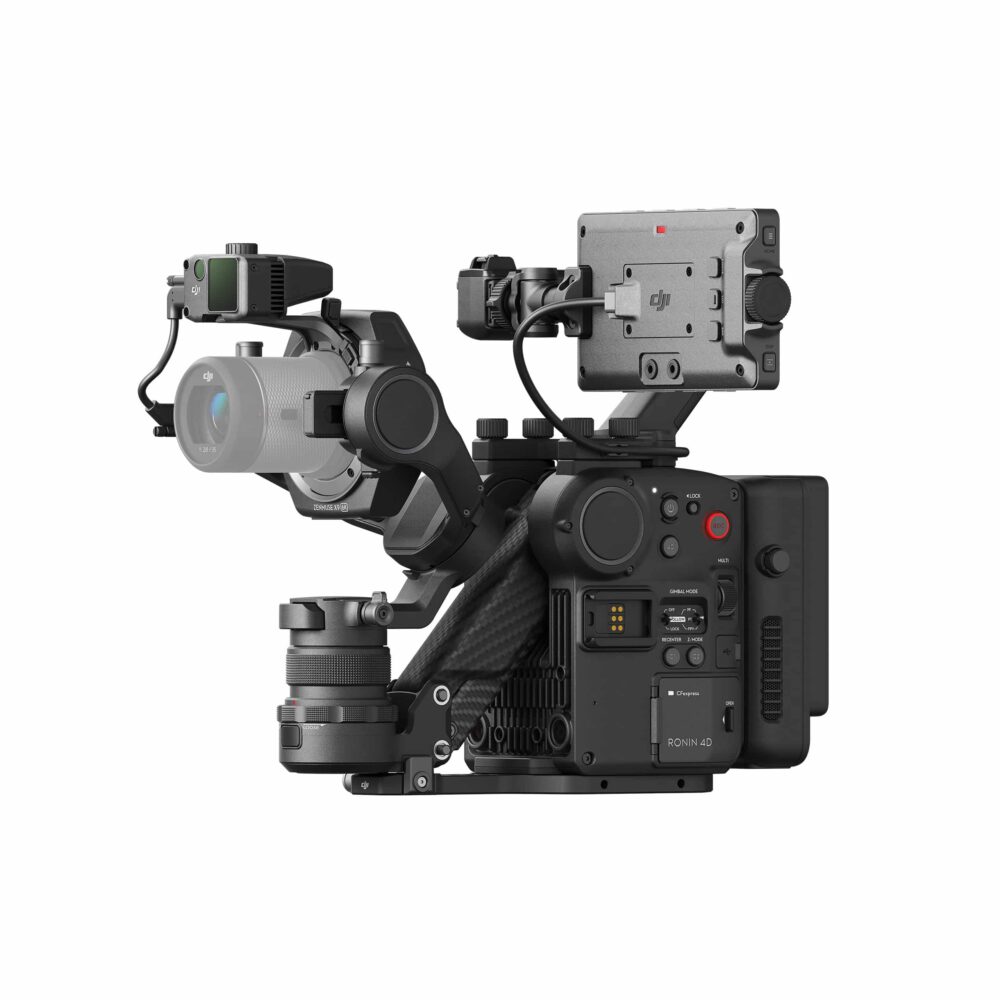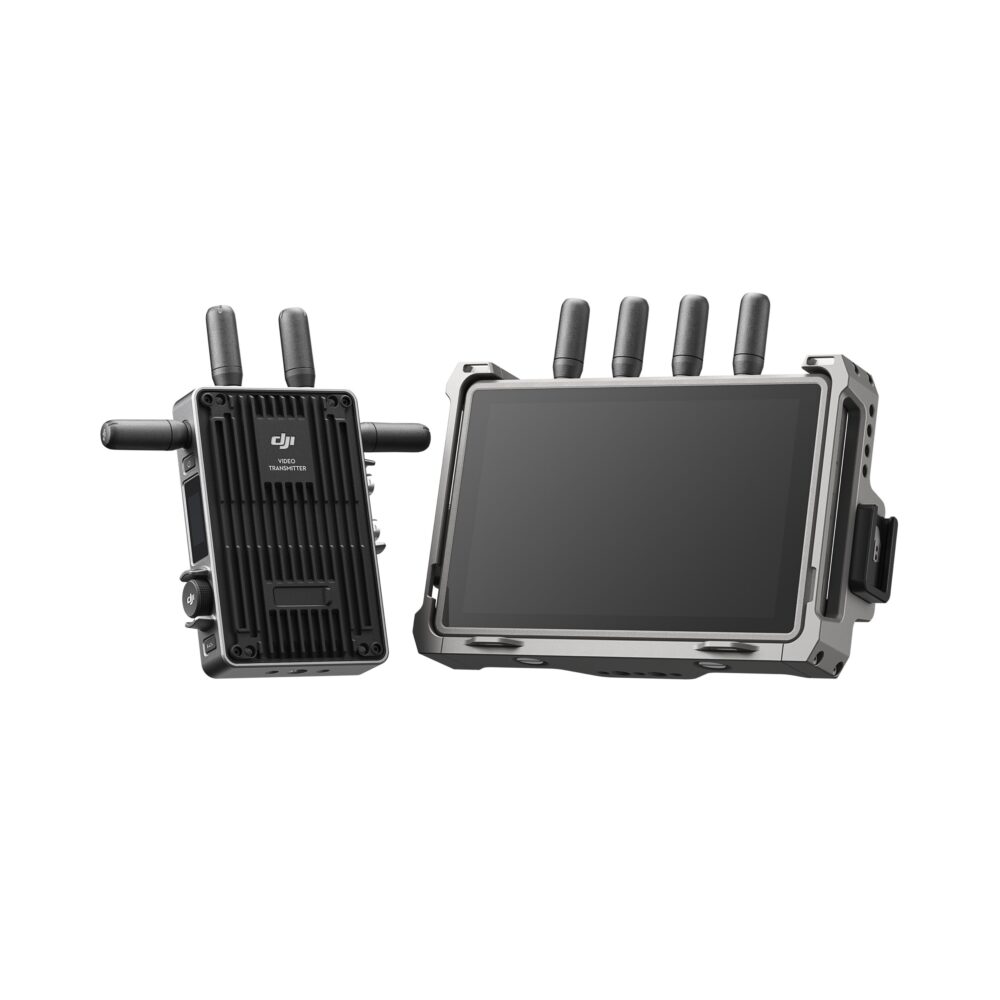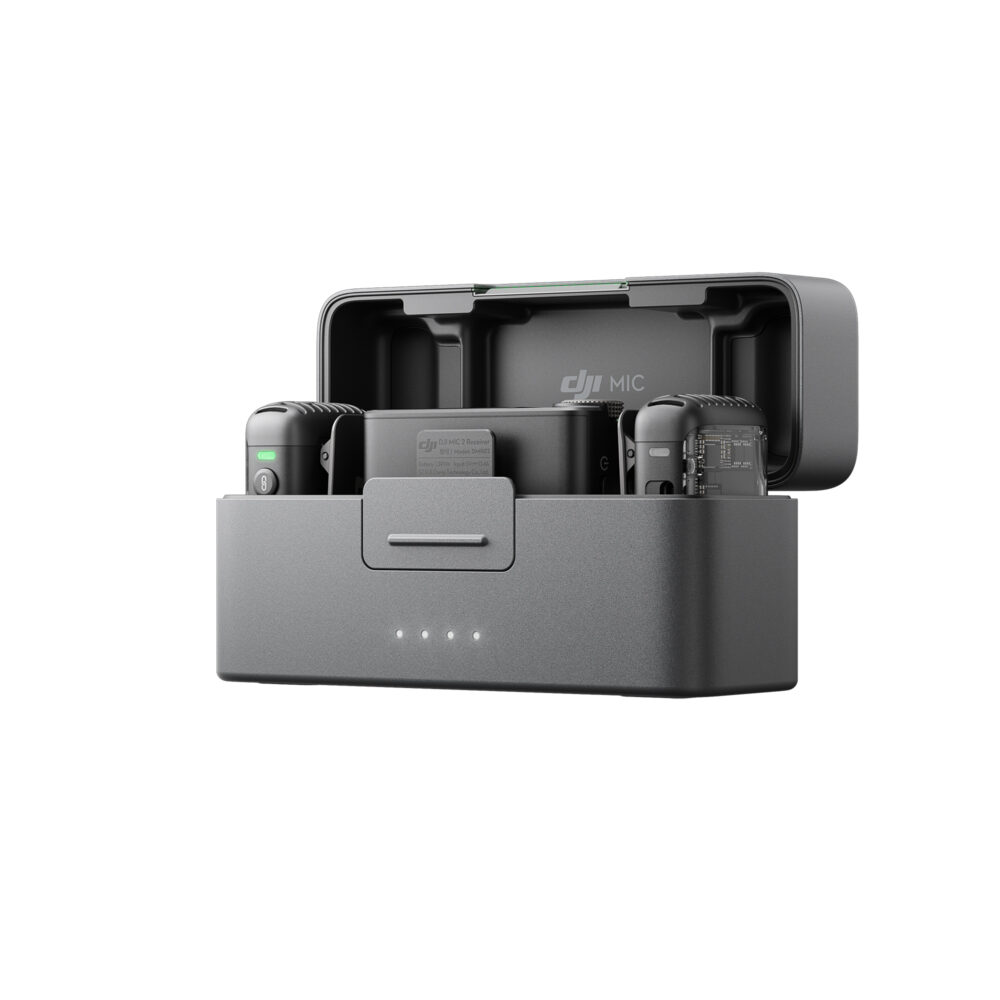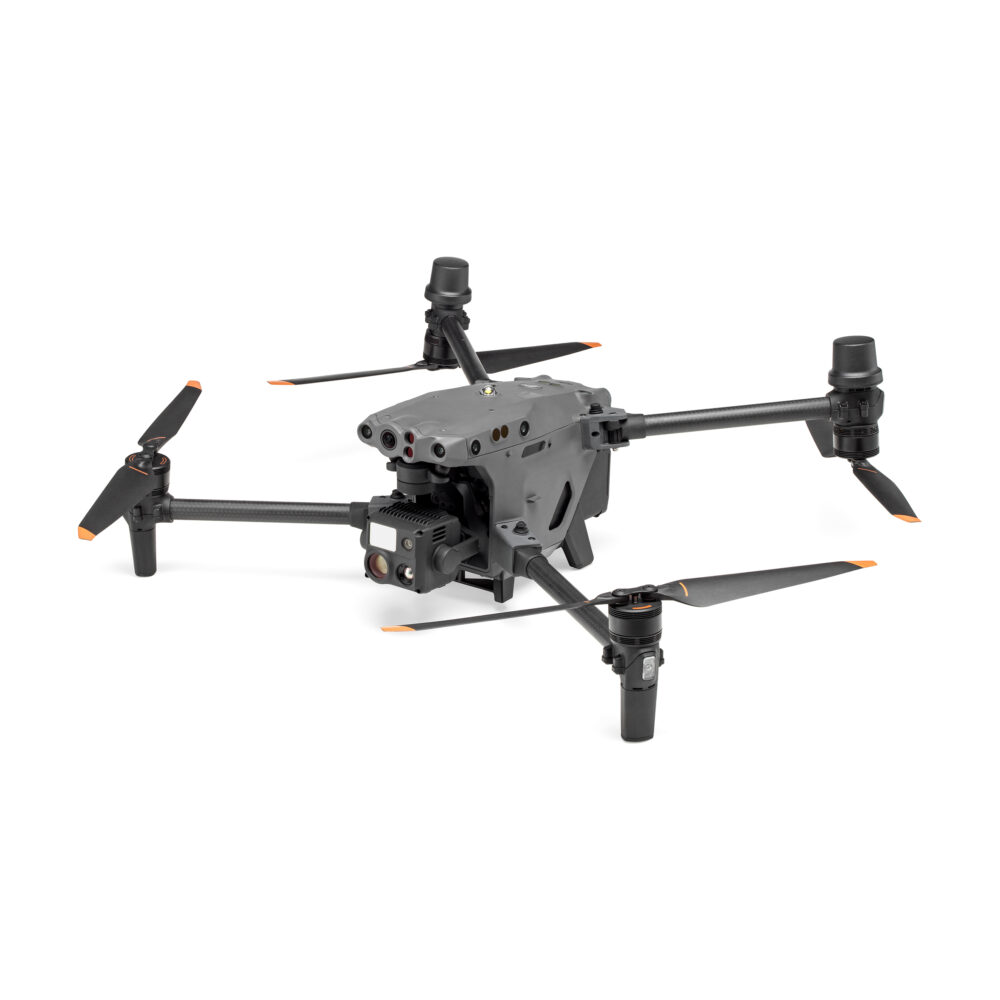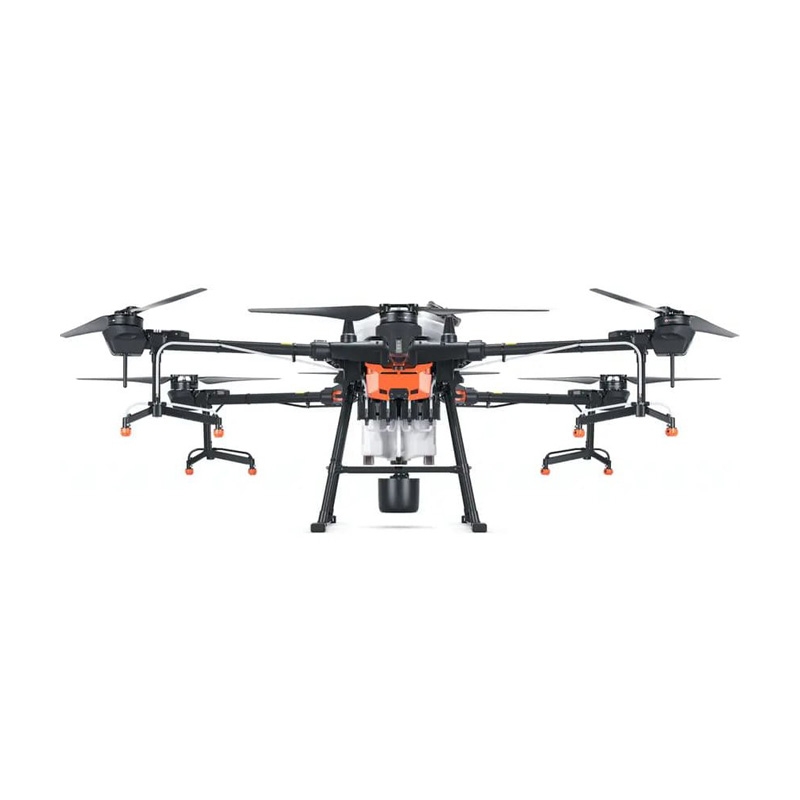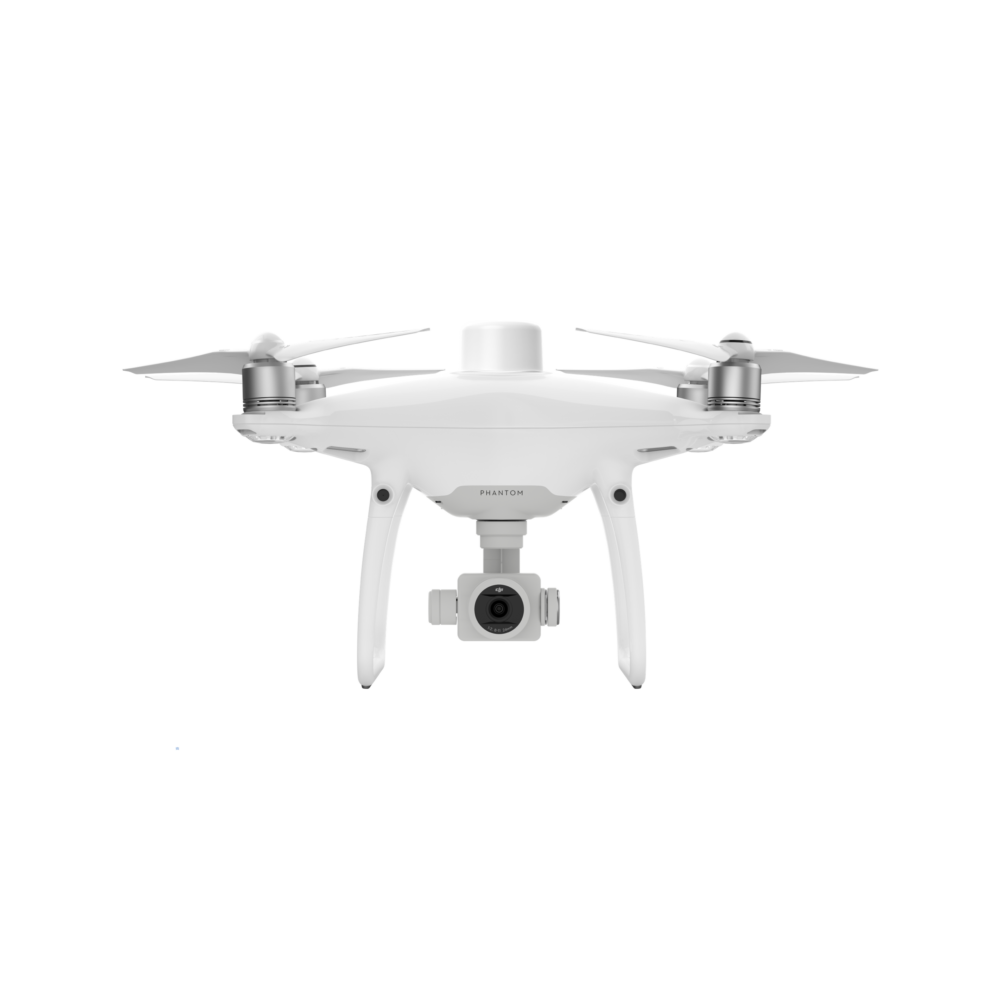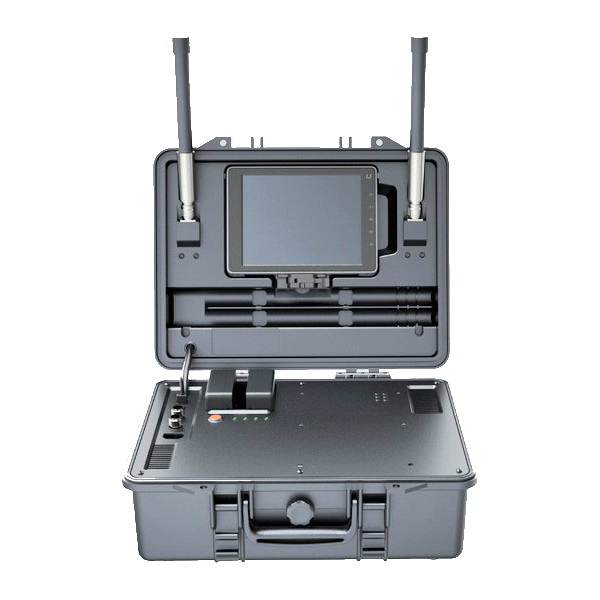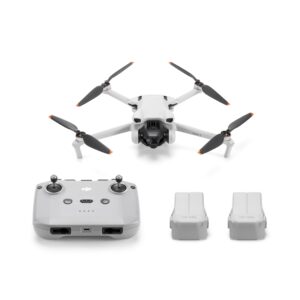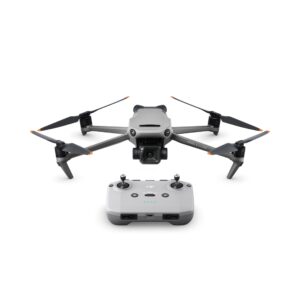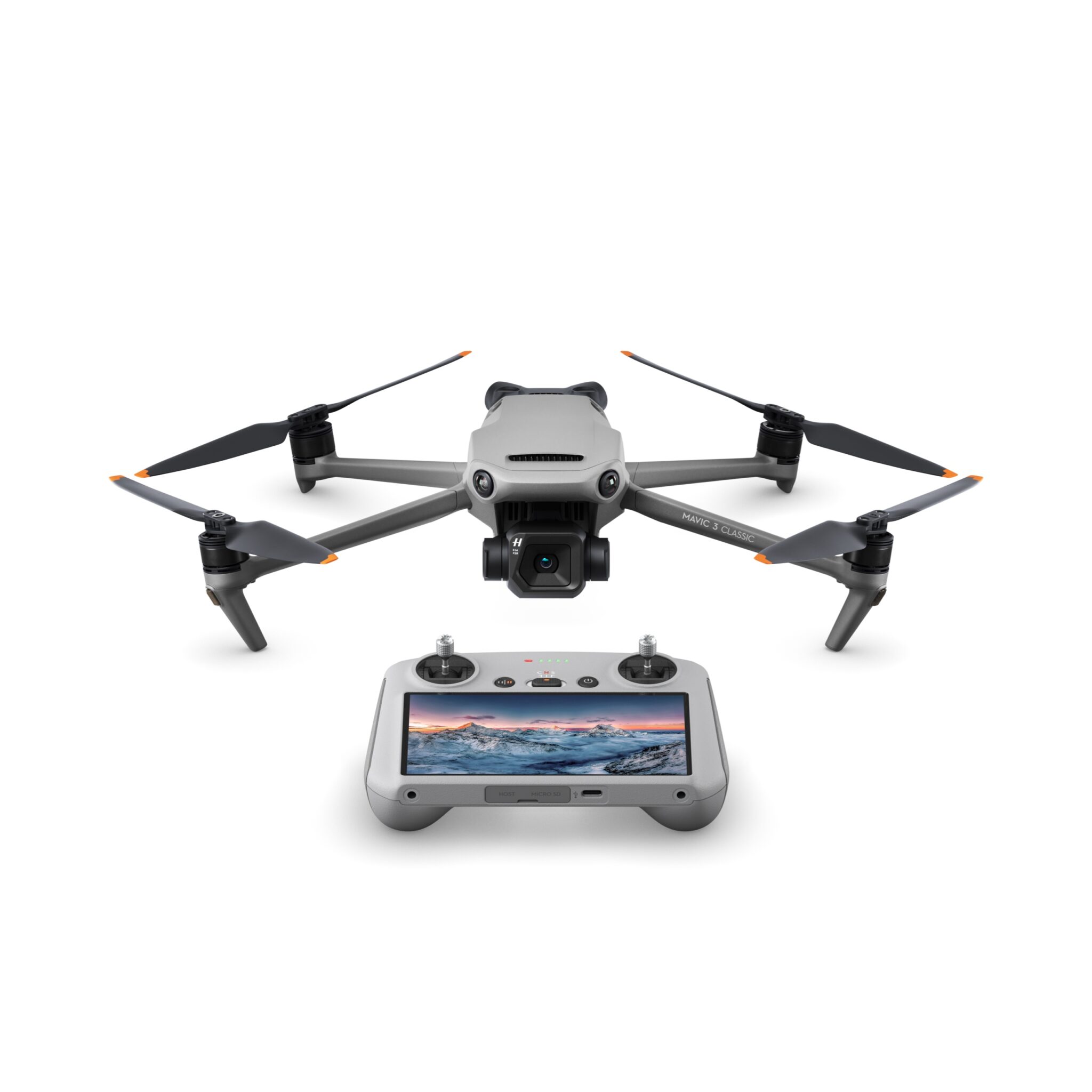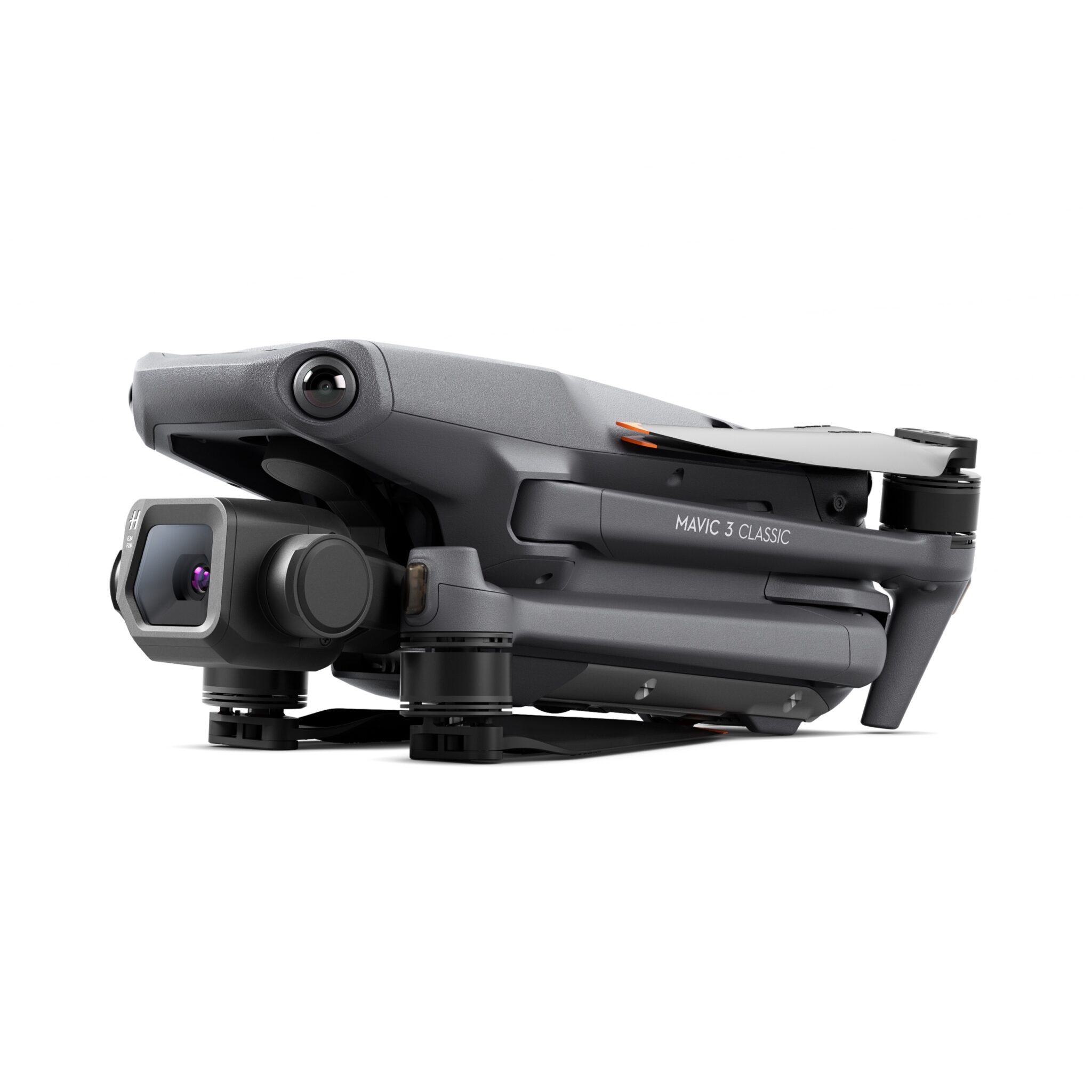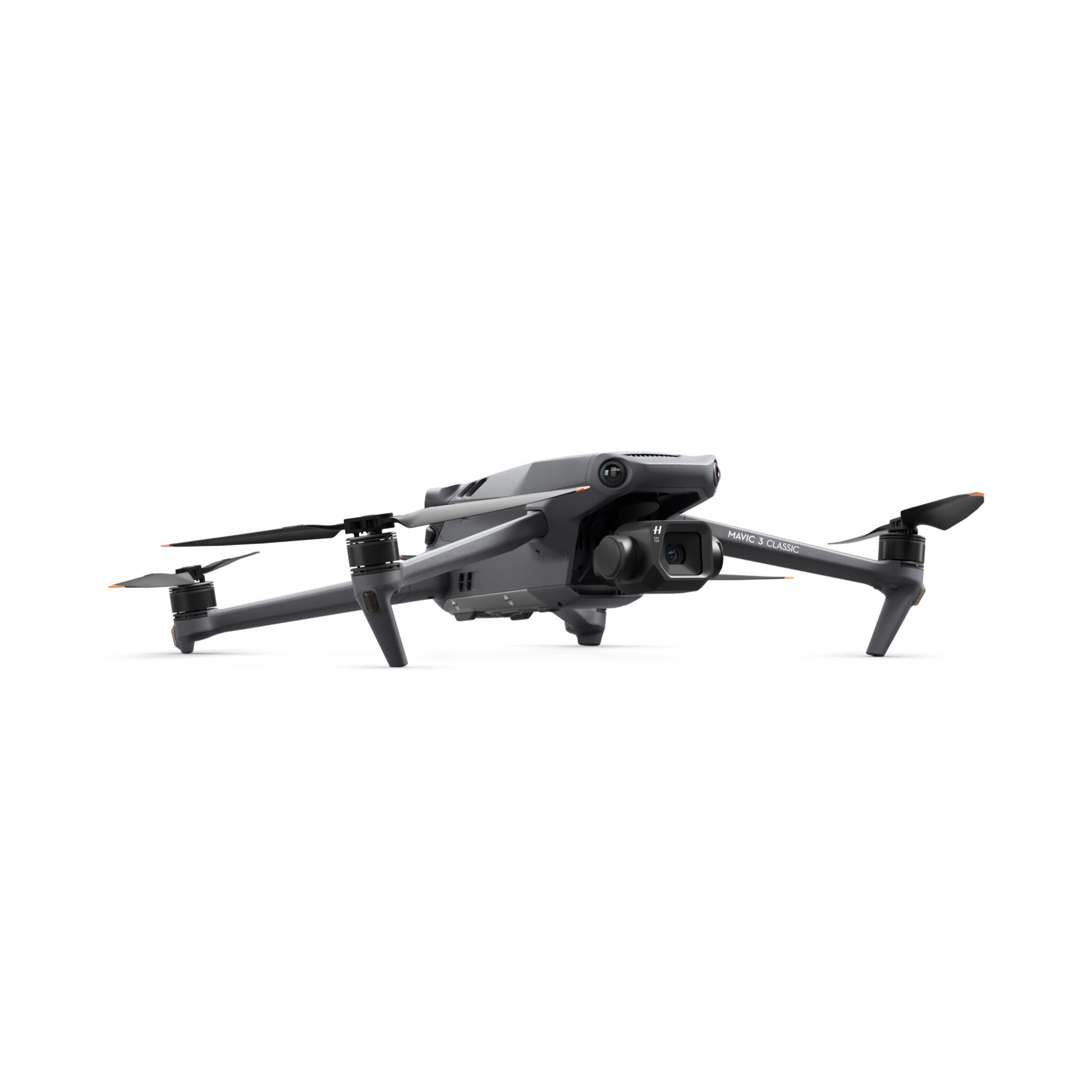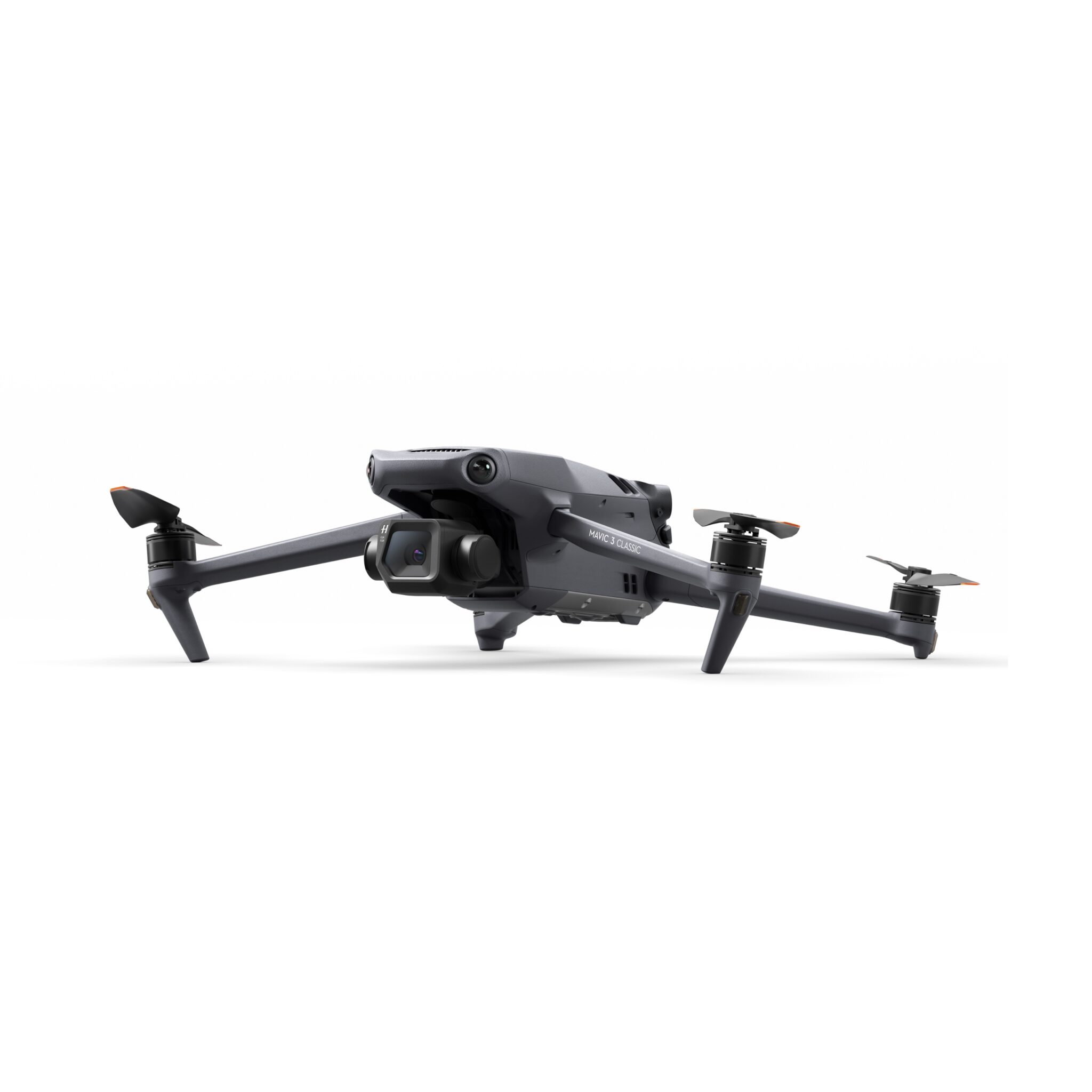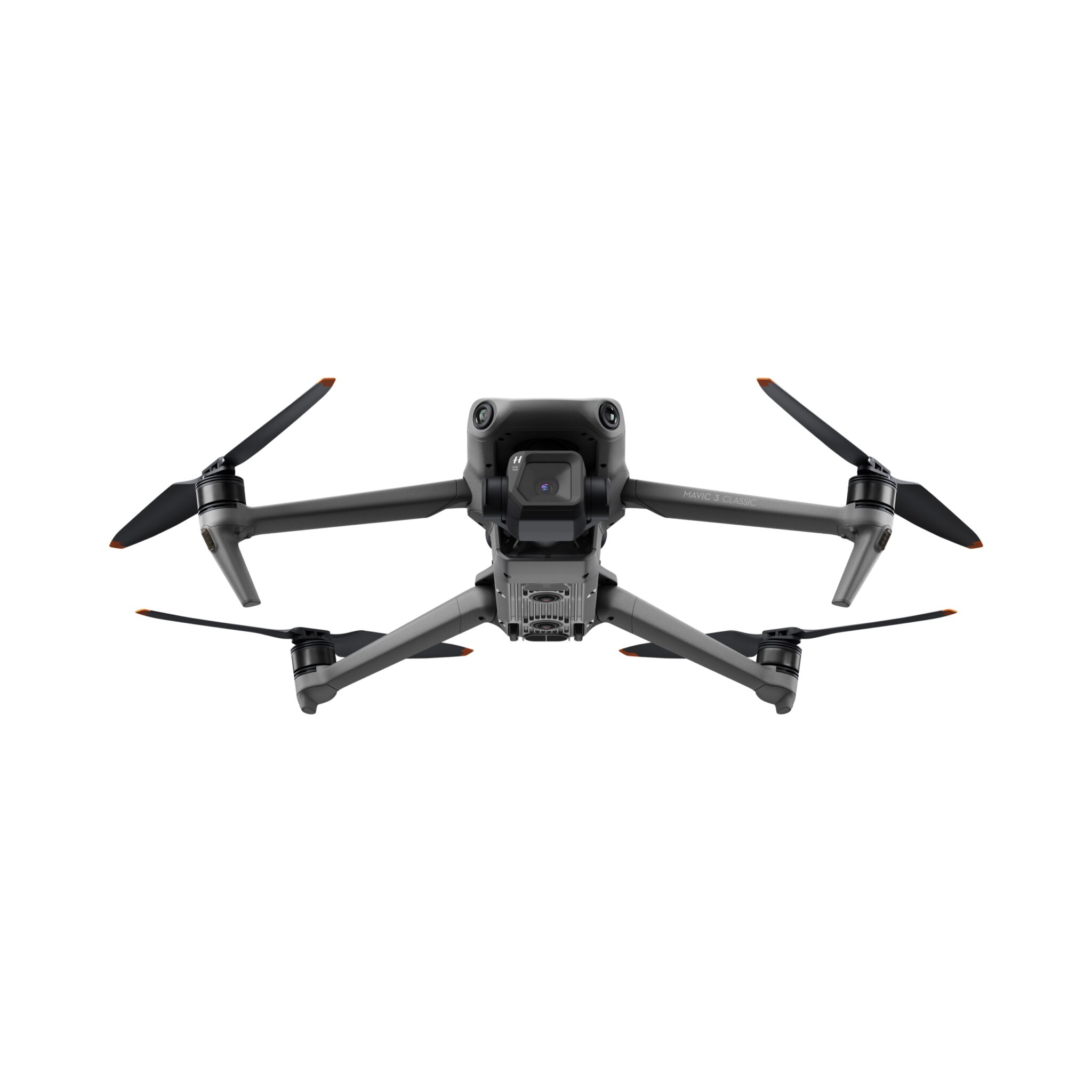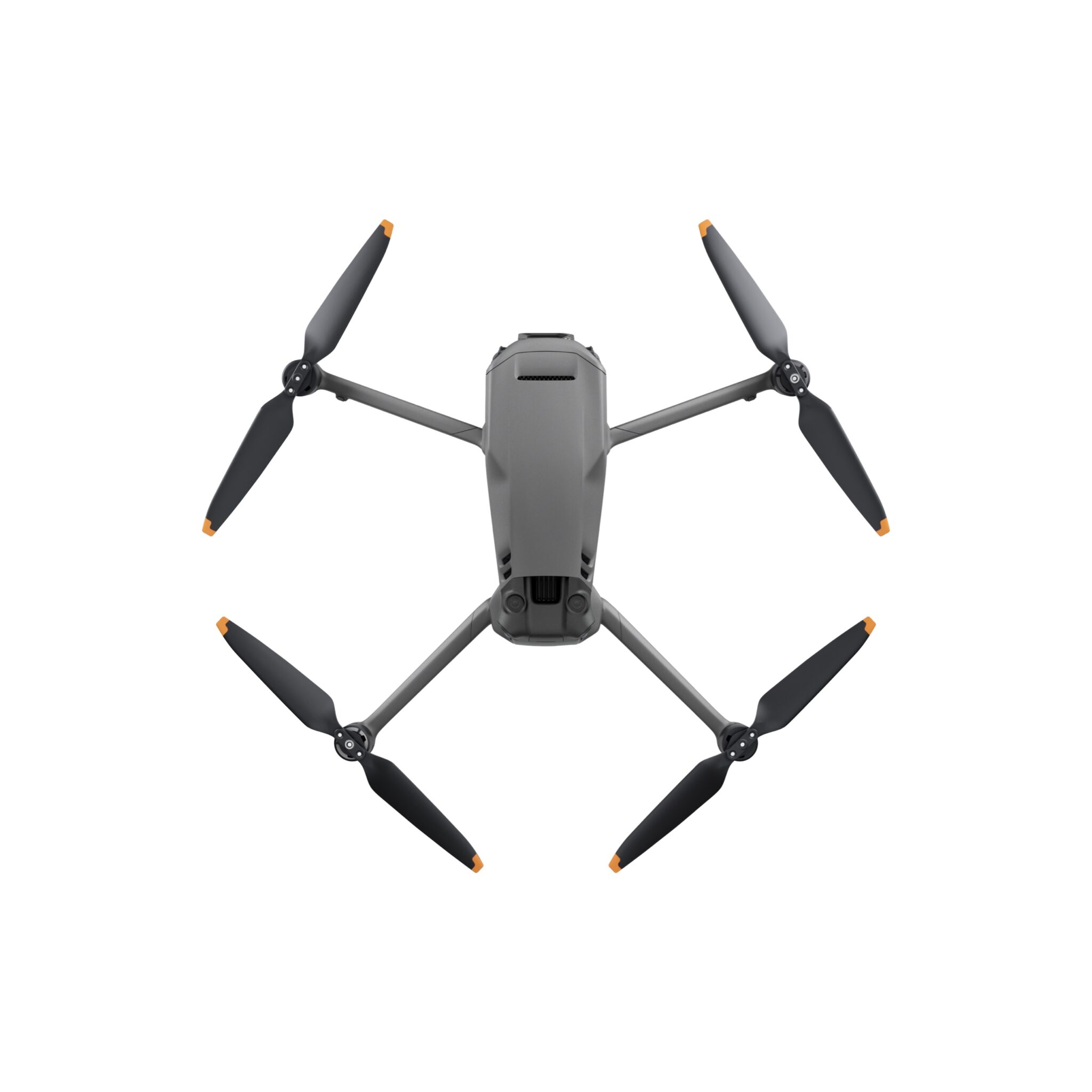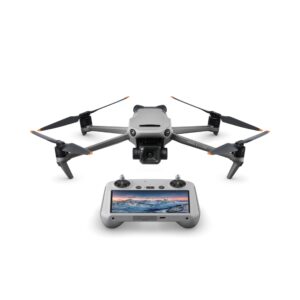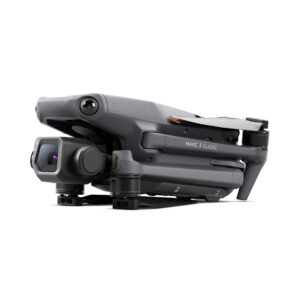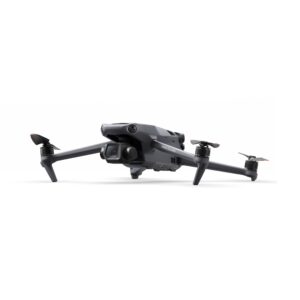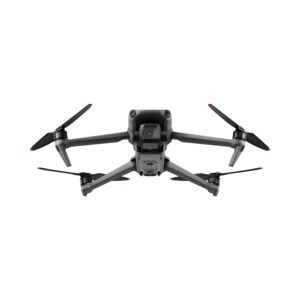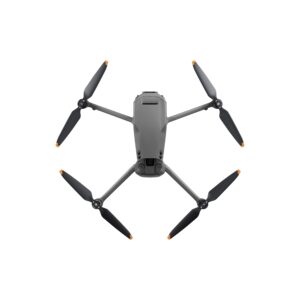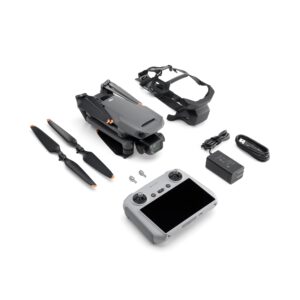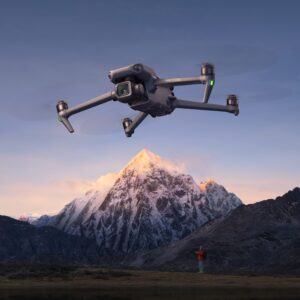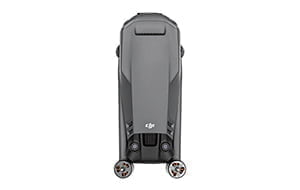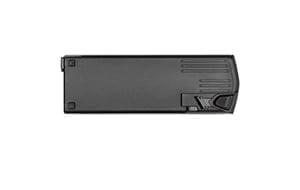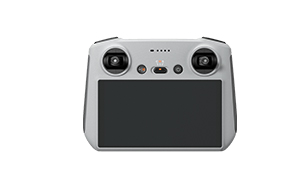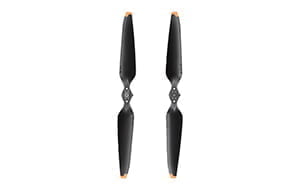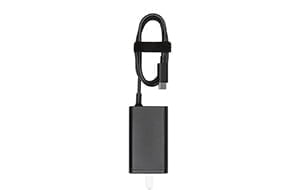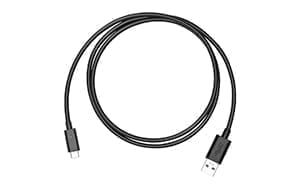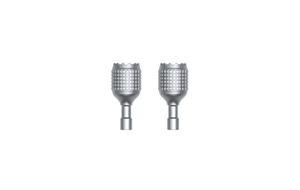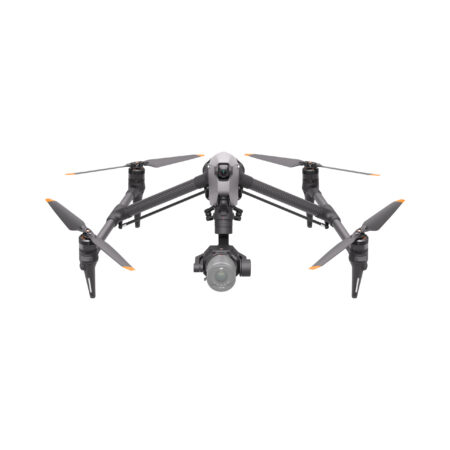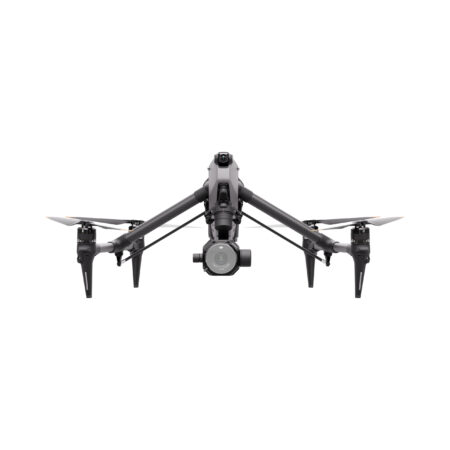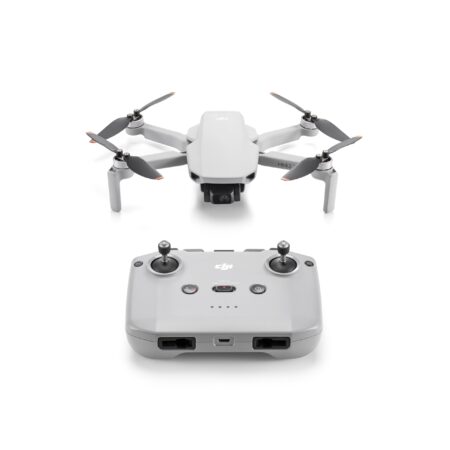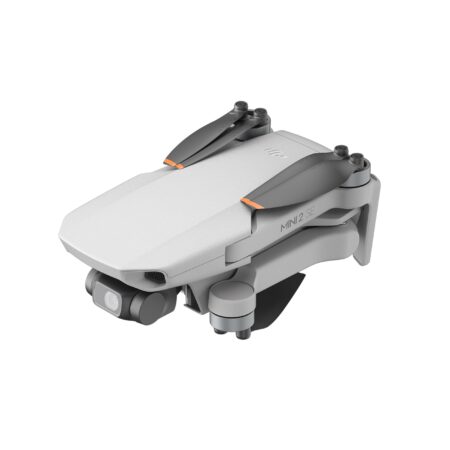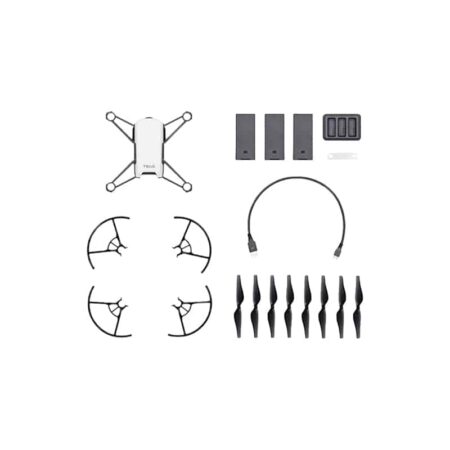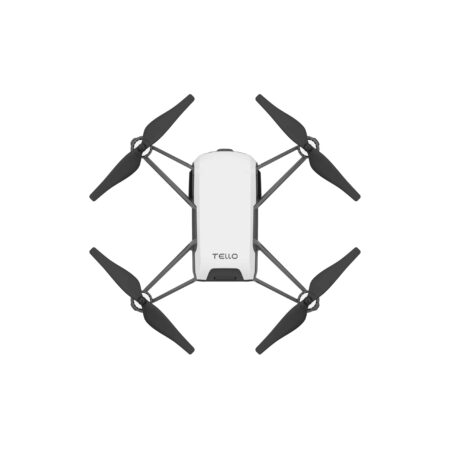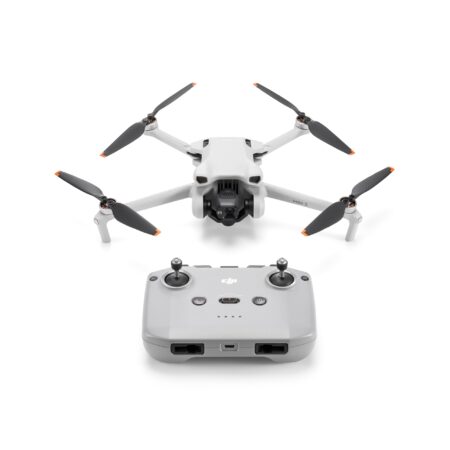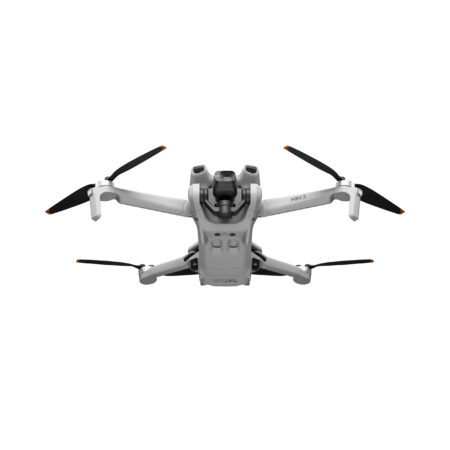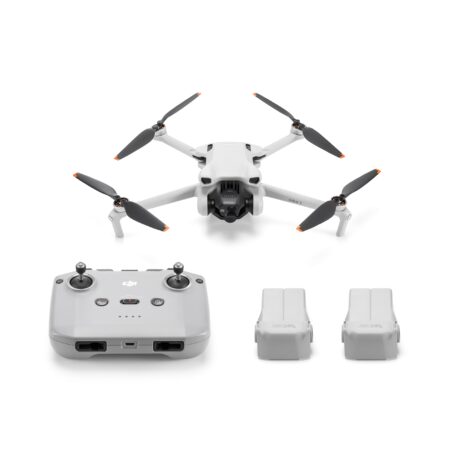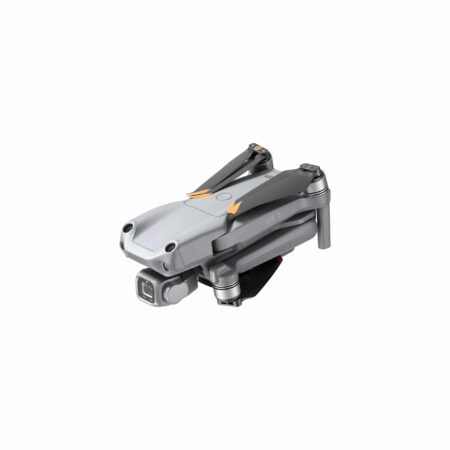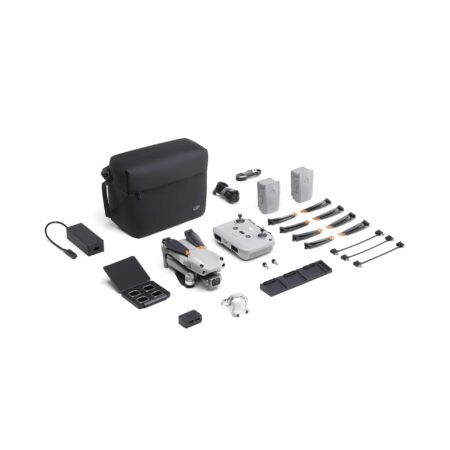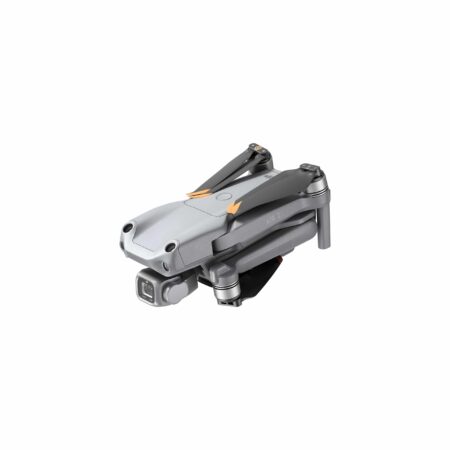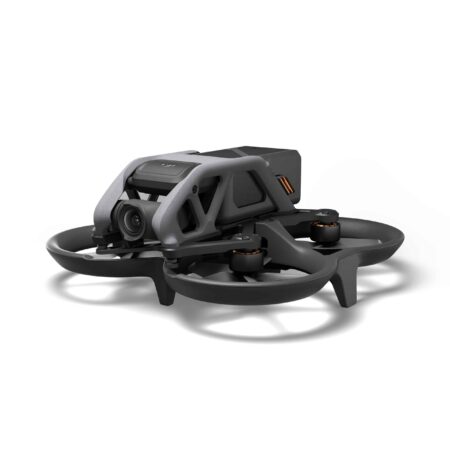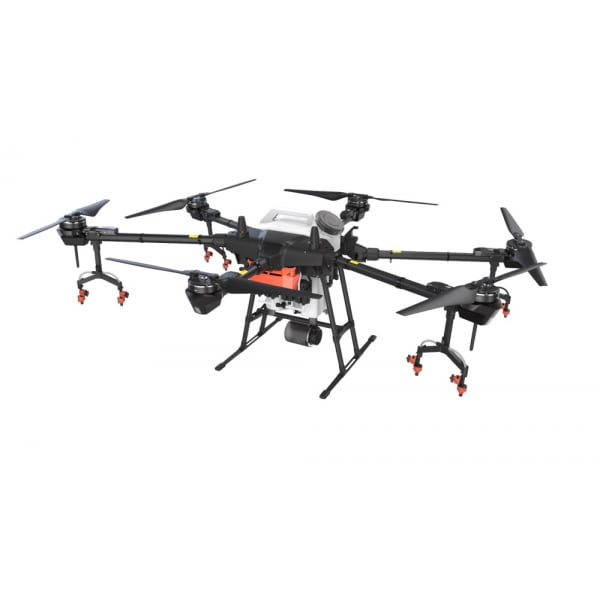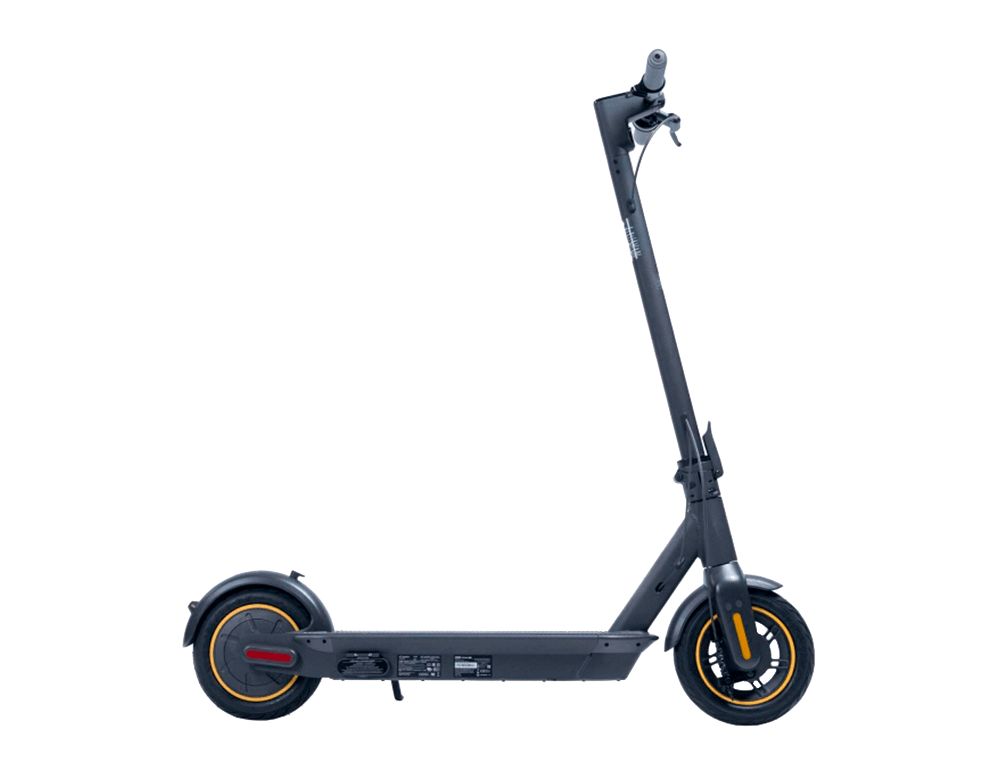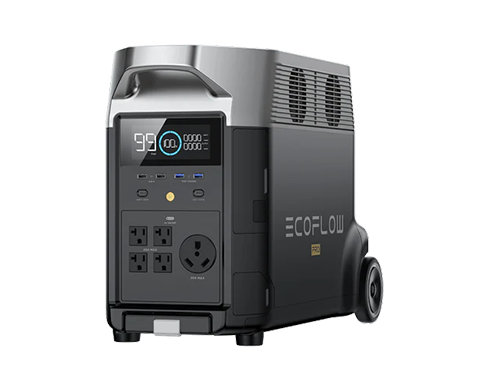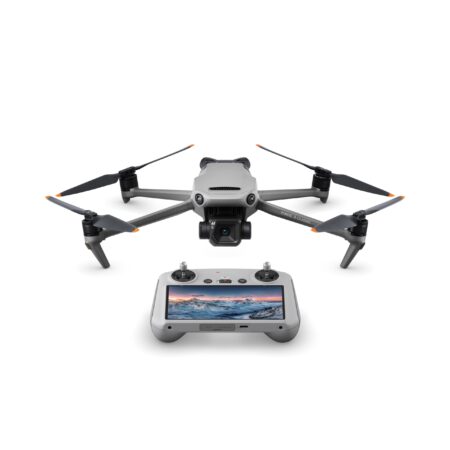DJI MAVIC 3 CLASSIC
Explore Vivid
With powerful flight performance and a Hasselblad camera, Mavic 3 Classic delivers the absolute essence of flagship imaging. Take it on any adventure to create unforgettable work.
4/3 CMOS Hasselblad Camera
Omnidirectional Obstacle Sensing [3]
5.1K HD Video [1]
15km HD Video Transmission [4]
Max 46-Min Flight Time [2]
Advanced RTH
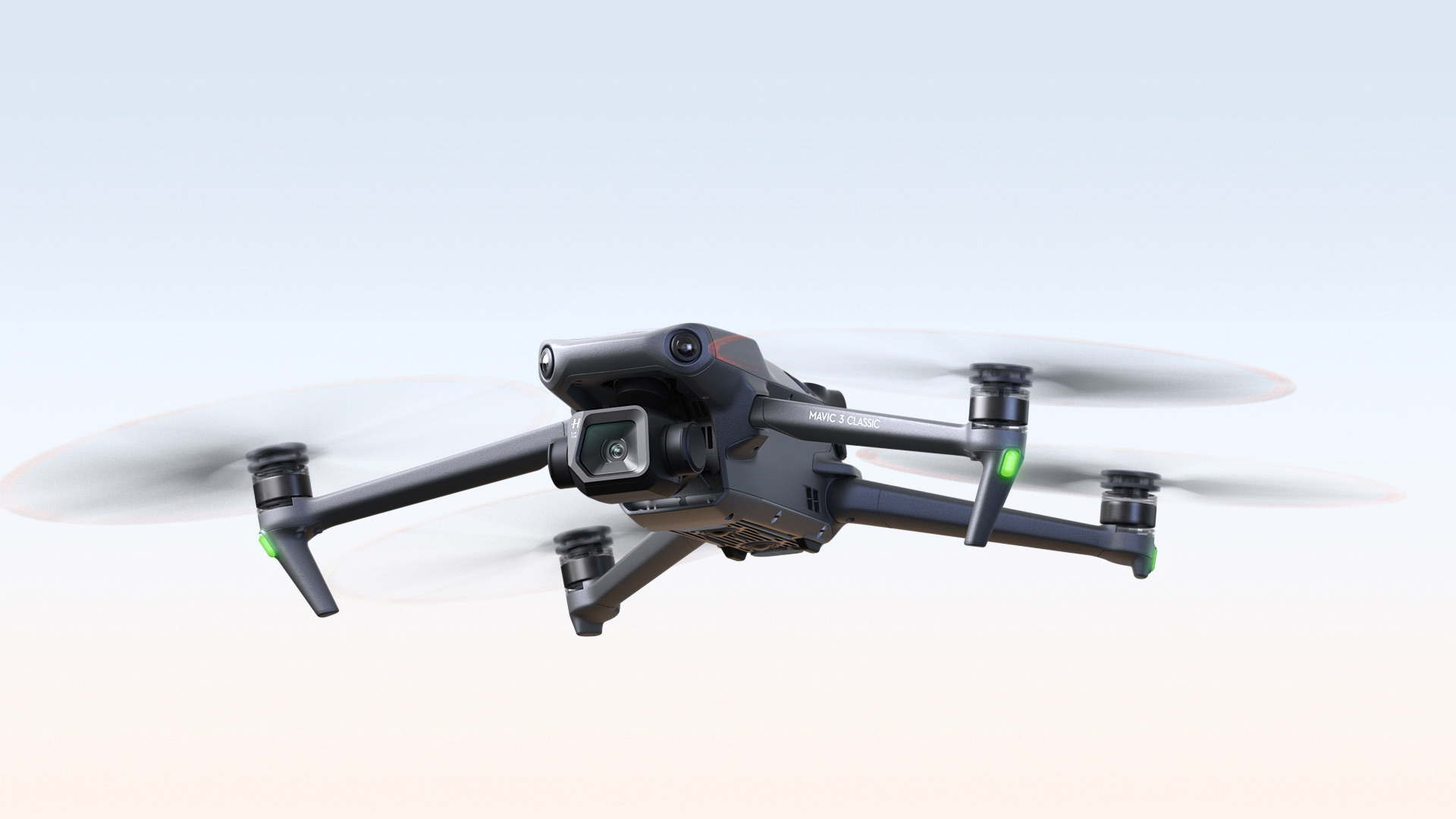
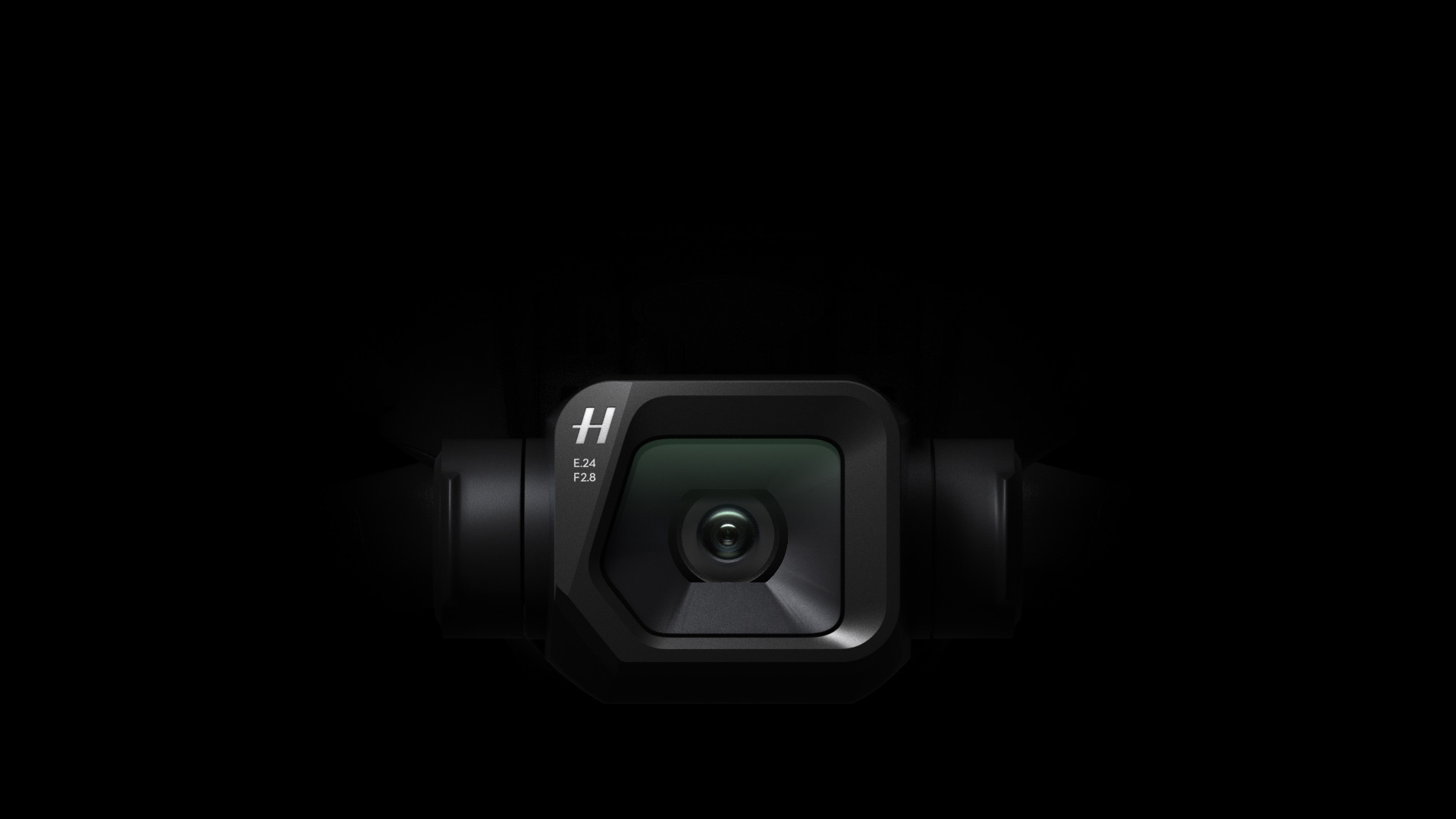
Hasselblad Camera, Create to Inspire
The iconic Swedish brand Hasselblad designed and built the L2D-20c aerial camera just for the Mavic 3 Series. Embedding a professional-grade 4/3 CMOS in an unbelievably compact space. Rigorous Hasselblad standards are applied to both hardware performance and software algorithms, bringing imaging quality to an entirely new level.

Hasselblad Camera, Create to Inspire
The iconic Swedish brand Hasselblad designed and built the L2D-20c aerial camera just for the Mavic 3 Series. Embedding a professional-grade 4/3 CMOS in an unbelievably compact space. Rigorous Hasselblad standards are applied to both hardware performance and software algorithms, bringing imaging quality to an entirely new level.

Hasselblad Natural Colour Solution (HNCS)
Just like other Hasselblad cameras, the L2D-20c lens adopts rigorous standards and has every pixel of the sensor calibrated, with the HNCS embedded. This delivers vivid, natural colors with the simple press of the shutter, allowing you to capture breathtaking landscapes without complicated editing or color presets. This delivers vivid, natural colors with the simple press of the shutter, allowing you to capture breathtaking landscapes without complicated editing or color presets.

Hasselblad Natural Colour Solution (HNCS)
Just like other Hasselblad cameras, the L2D-20c lens adopts rigorous standards and has every pixel of the sensor calibrated, with the HNCS embedded. This delivers vivid, natural colors with the simple press of the shutter, allowing you to capture breathtaking landscapes without complicated editing or color presets. This delivers vivid, natural colors with the simple press of the shutter, allowing you to capture breathtaking landscapes without complicated editing or color presets.
Professional Imaging 5,1K/50fps
Record sharper details. Supersampling technology empowers the recording of 4K/60fps footage.
More Flight Time
Mavic 3 Classic is compatible with Mavic 3-Series batteries, allowing for 40 minutes of hovering time and 46 minutes of flight time, [2] ensuring more time to create and less time worrying about battery level.

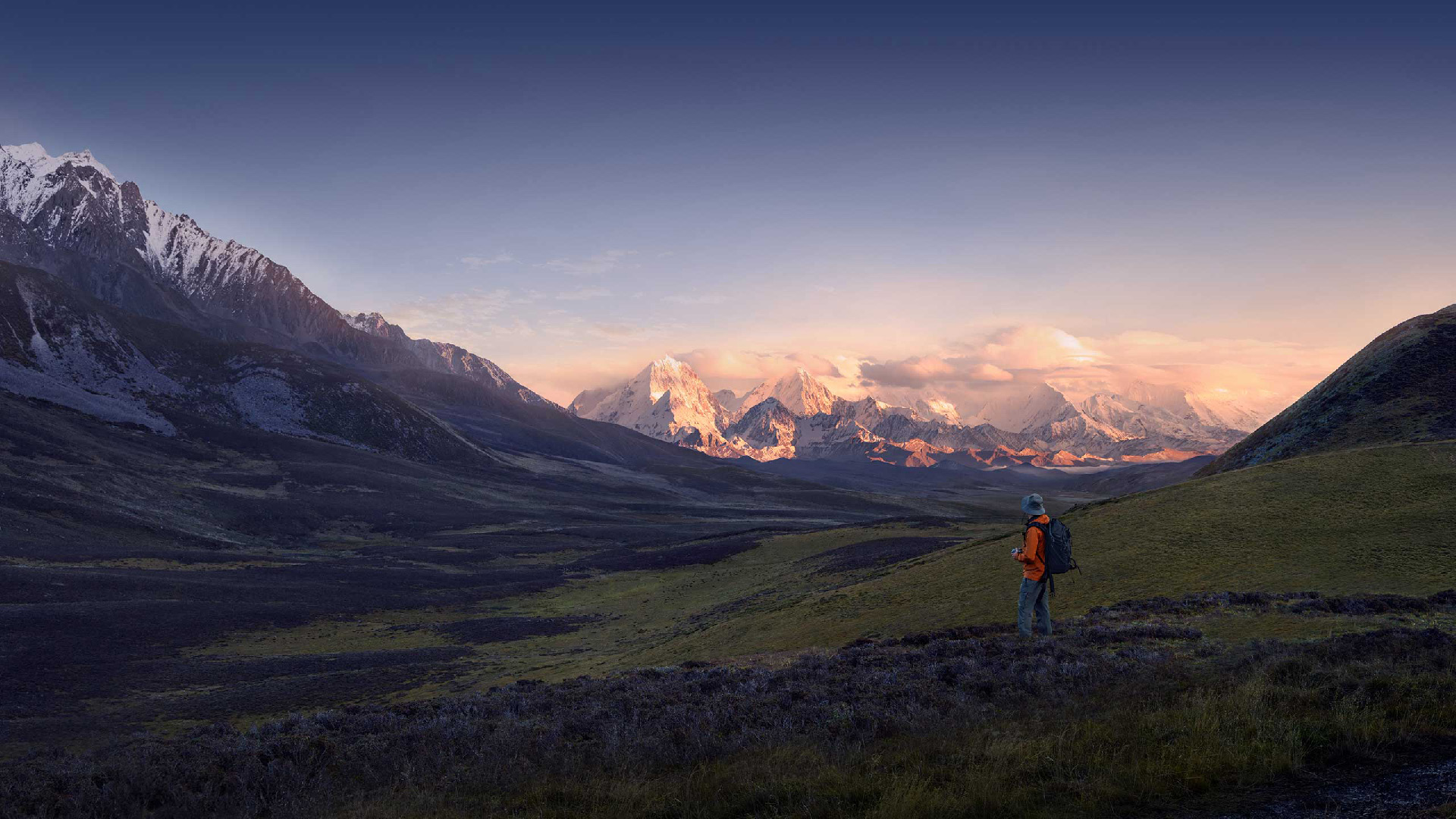
Simplified Flight
Omnidirectional Obstacle Sensing
With APAS 5.0, when flying, Mavic 3 Classic continually senses objects in all directions and bypasses [3] them quickly and smoothly. Even new pilots can fly confidently and safely, and create smooth footage even in complicated scenarios.
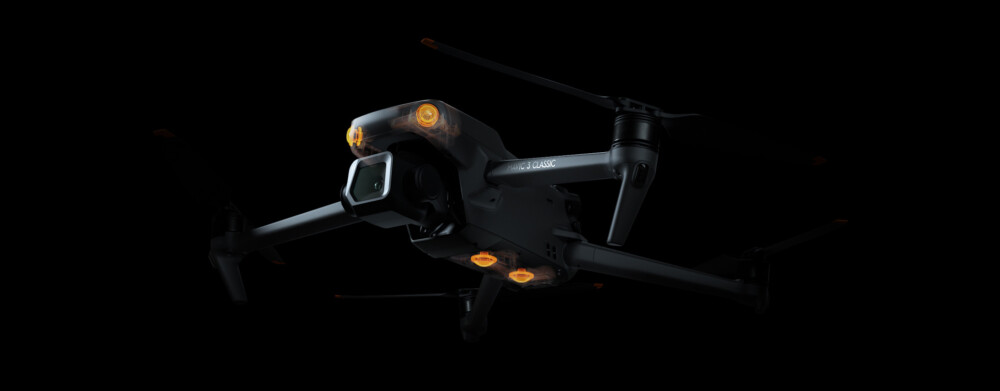
Frontal Horizontal Omnidirectional Vision System and Downward Vision System
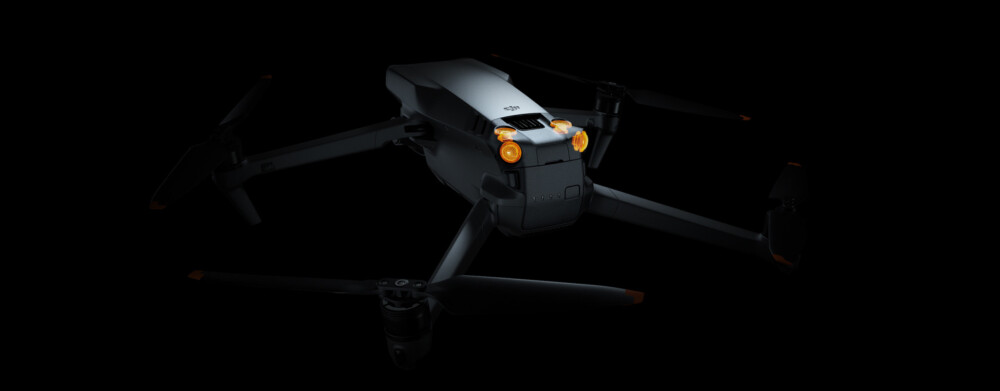
Rear Horizontal Omnidirectinal Vision System and Upward Vision System
Extreme Precision
Decimeter-level high-precision positioning makes Mavic 3 Classic extremely stable when hovering. This not only ensures clearer long-exposure shots, but also helps record smoother timelapse videos.
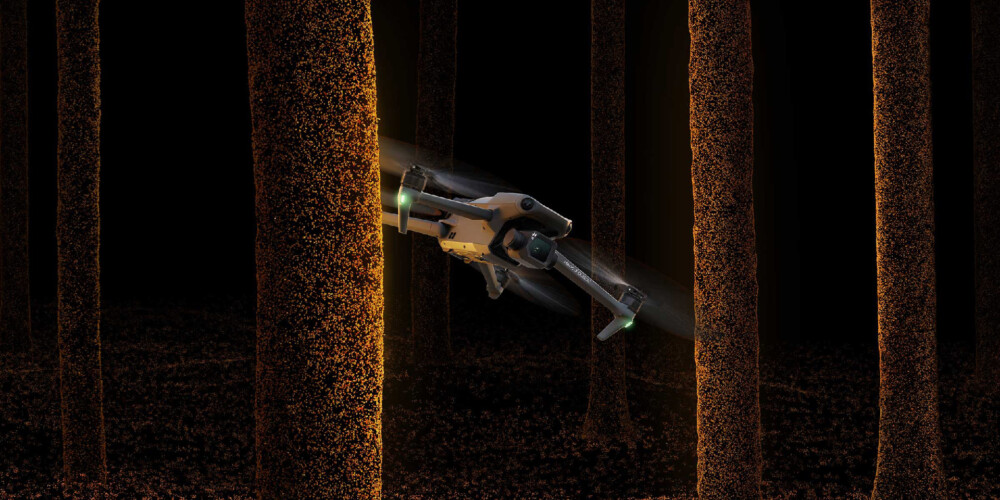
Advanced RTH
Always end on a high note with Advanced RTH. This updated auto-return function enables Mavic 3 Classic to automatically determine the optimal route back to its home point and execute it quickly. Mavic 3 Classic can fly to a designated altitude and then find a safe and efficient route back to its home point, combining the advantages of Advanced RTH and traditional RTH, allowing users to choose the best option according to their environment.
Cruise Control
Control Mavic 3 Classic to fly in any direction without having to continually press the control sticks. This not only makes long-distance flight more effortless, but also helps reduce shakes during manual control for smoother camera movement.
Powerful O3+ Video Transmission and Beyond
With a transmission distance of up to 15 km, [4] fly farther and more stably with peace of mind. O3+ transmission can transmit a 1080p/60fps live feed. [5] This means the camera view is displayed at specifications close to what the camera actually records. It also makes Mavic 3 Classic more responsive to your control.
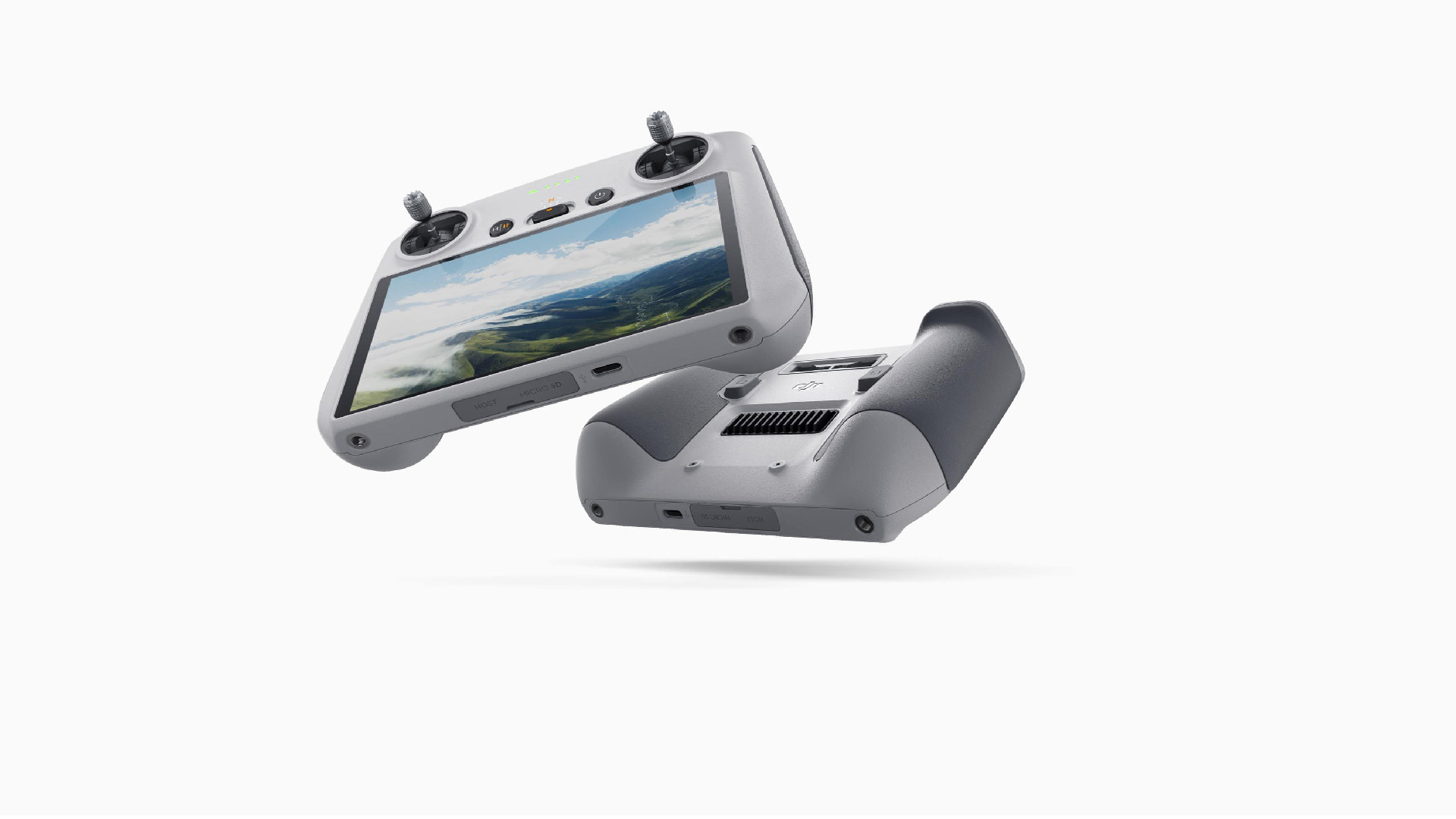
ActiveTrack 5.0
Track an object from different directions [1]
MasterShots
Automated shooting and editing for the best shots
QuickShots
Automatic camera movements: Dronie, Rocket, Circle and Helix
Hyperlapse
Stunning footage of the passage of time.
Panorama
Larger shots of the environment using the "Panorama" function.
High-Speed QuickTransfer
Quickly transfer photos and videos for editing or sharing
* Tested with a production model DJI Mavic 3 Classic in a closed environment in favorable conditions with an unobstructed wireless signal. Actual results may vary depending on environment, usage, and firmware version.
** All videos and photos on this page were taken in strict compliance with local laws and regulations. Users should always fly in strict accordance with the local laws and regulations in their flight area.
*** Measured with FCC compliance in unobstructed environments free of interference. The actual transmission distance may vary depending on environment, actual use, and firmware version. Always follow local rules and regulations and fly your drone within your visual line of sight unless otherwise permitted. Fly your drone within your visual line of sight unless otherwise permitted. The above data are the farthest communication distances for one-way, non-return flights under each standard. During your flight, please pay attention to RTH reminder on the app.
1. ActiveTrack is not available at video resolutions higher than 4K or frame rates over 60fps.
2. Measured by Mavic 3 Classic flying at a constant speed of 32.4 kph in a windless environment at sea level until the battery reached 0%. Data is for reference only. During your flight, please pay attention to RTH reminders in the DJI Fly app.
3. DO NOT use the aircraft in severe weather conditions, including heavy wind exceeding 12.8 m/s, snow, rain, fog, hail, or lightning. DO NOT fly the aircraft 6,000 m (19,685 ft.) or higher above sea level. DO NOT fly the aircraft in environments where the temperature is below -10° C (14° F) or above 40° C (104° F). DO NOT take off from moving objects such as cars or boats. DO NOT fly close to reflective surfaces such as water or snow. Otherwise, the vision system may be limited. When the GNSS signal is weak, fly the aircraft in environments with good lighting and visibility. Low ambient light may cause the vision system to not work properly. DO NOT fly near areas with magnetic or radio interference. Common magnetic or radio interference sources include Wi-Fi hotspots, routers, Bluetooth devices, high-voltage lines, large-scale power transmission stations, radar stations, mobile base stations, and broadcasting towers. Be careful when taking off in desert or beach areas to avoid sand entering the aircraft. Fly the aircraft in open areas. Buildings, mountains, and trees may block the GNSS signal and affect the onboard compass.
4. Measured in an unobstructed environment free of interference and with a maximum flight range of 15 km with FCC compliance. The above data shows the farthest communication range for one-way, non-return flights under each standard. During your flight, please pay attention to RTH reminders in the DJI Fly app.
5. Tested in an outdoor open environment without interference. Actual resolution may vary depending on the quality of the transmission signal.


